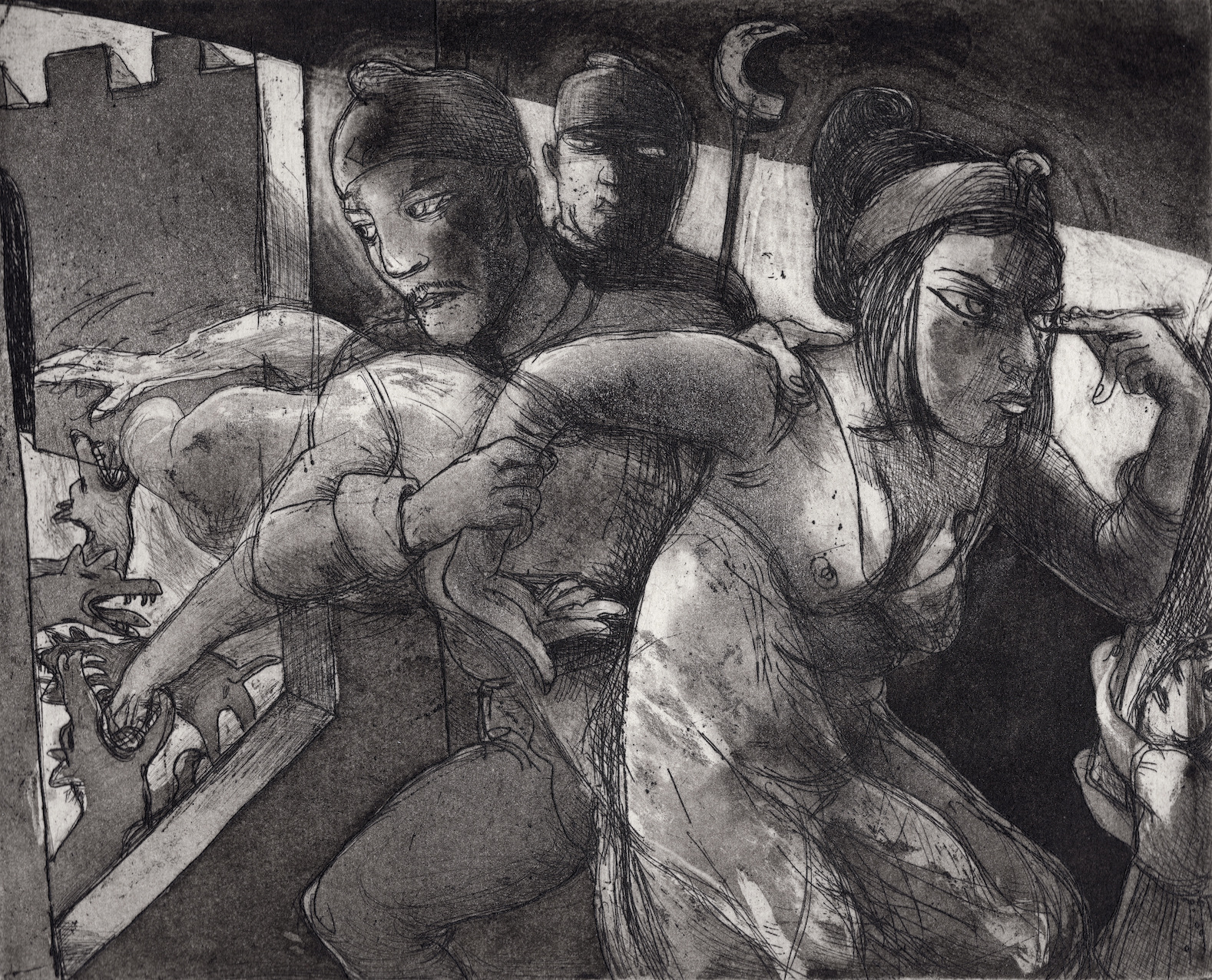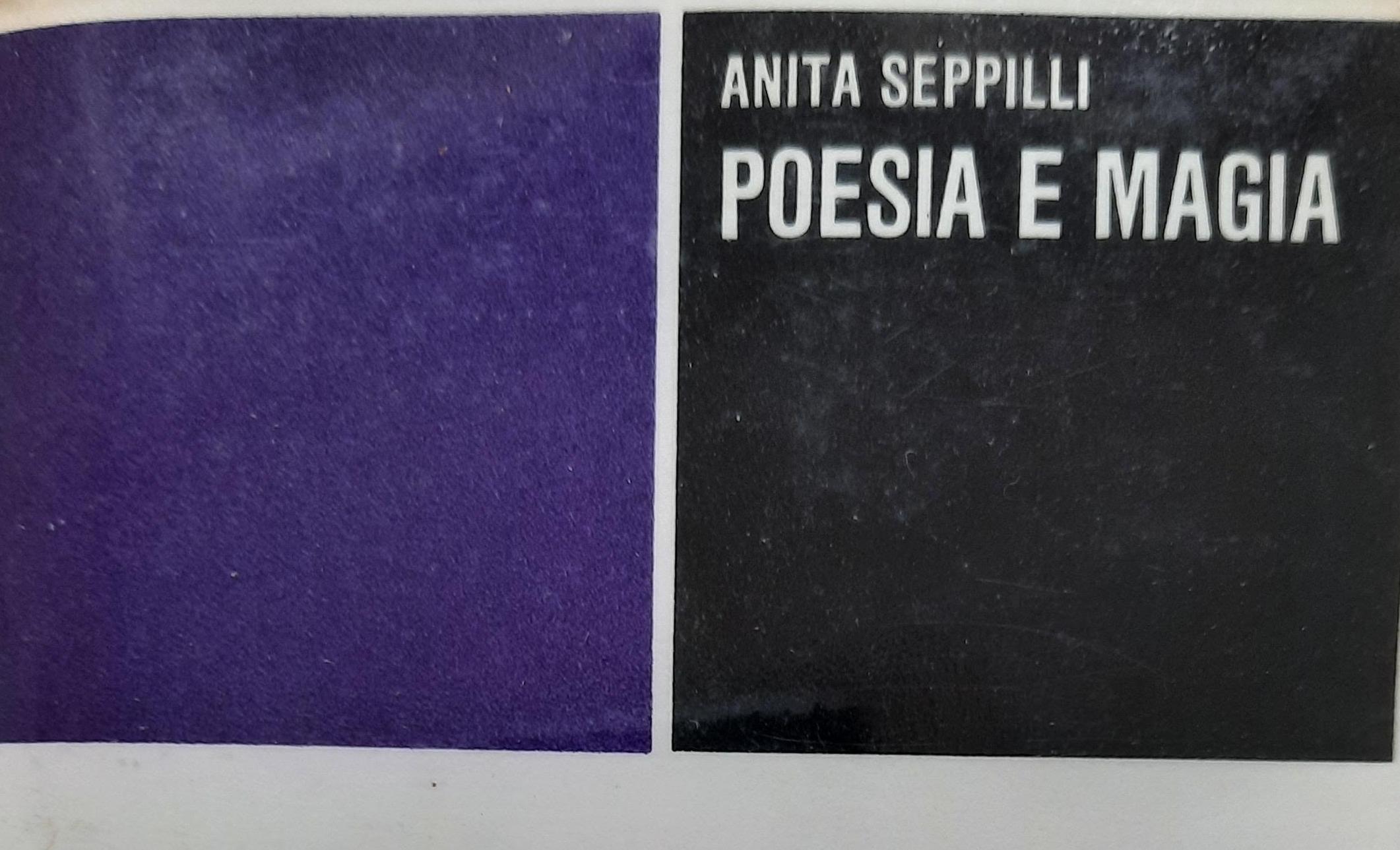
What do the modern artist and the magus of antiquity have in common?
Obviously, there is a great change in technical skills etc., between the early masters and artists now. But the wonderful thing is that these early art works remain a point of reference both in their technical inventiveness and their dramatic, narrative skills. All artists throughout time have been challenged and inspired by other artists or artworks, it helps us push our boundaries.
Magic seeks to reconcile the forces of nature with human desire. Does art do the same? Does art contribute to the enchantment of the universe?
Through art we express the enchantment of and with the universe. At the same time art gives us a means through which we can seek understanding of our fascination with human desire. A free fall of our imagination takes us into the magic of an in-between world.
There we leave behind our usual either/or perception of moral judgement or titillation and return to an undifferentiated state of being. The theatrical nature and artificial construction of art is one of its most versatile and impressive characteristics with which to convey this magic.

Can you explain how you came to tackle the subject of ‘Rebel Women of the Apocrypha’? What has your work on this topic revealed about the magical content of the Bible? Do you have any favourites in the series?
Like all artists, the way why we get hooked on a certain subject is a culmination of things heard, already known or seen, being activated by something in the present. In other words, I had seen baroque paintings on the subject of these women (Cranach, Guercino, Rembrandt, Gentileschi etc.) and subsequently looked up their stories. Also, their names were used in daily sayings, like ‘you look like a Jezebel’. As a child, I was of course excited by their rebelliousness and the often gruesome details of their life and deeds.
The catalyst for my Rebel Women series was twofold: firstly, a point in the #metoo movement which, after an initial game-changing vigour, seemed to slightly regress sometimes into ‘women as victims’ mode. It made me want to fight, to show we aren’t victims, we can use wit and ingenuity and above all humour to claim our place of equality. Secondly, a book I had, Great Women of the Bible, from which I learned some of the stories I wasn’t familiar with, like Queen Vashti or Sisera’s mother.
The Old Testament is, of course, full of magic: the stories are often improbable and illogical with a somewhat twisted moral code. Yet these heroic tales psychologically and archetypically hit the nail on the head. The women are often the outsider, foreign to the land and ‘other’ in their customs and beliefs. Very much like artists feels themselves to be.
My favourite is maybe Jezebel (I was always fascinated that her body was eaten by dogs apart from the palms of her hands) although Jael (who hammers a tent-peg through Sisera’s ear while he slept without any explanation) is a close second.

Your recent painting of Adam & Eve is in Poetry & Magic. Can you explain how this and similar paintings relate to the etchings of Rebel Women? Is there a reference to Gauguin in this work
I am not finished with the Rebel Women theme. Their stories embolden and energize me, besides I like to put them in a different, contemporary light from the standard version. And I really wanted to return to painting. Painting is a very different medium from etching. I stand when I paint [sit when I draw] and the use of colour, larger size surface, brushwork, all will stimulate different interpretations and challenges.
The Adam & Eve have a Gauguin feel although I was not aware of that till you pointed it out.
